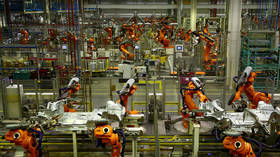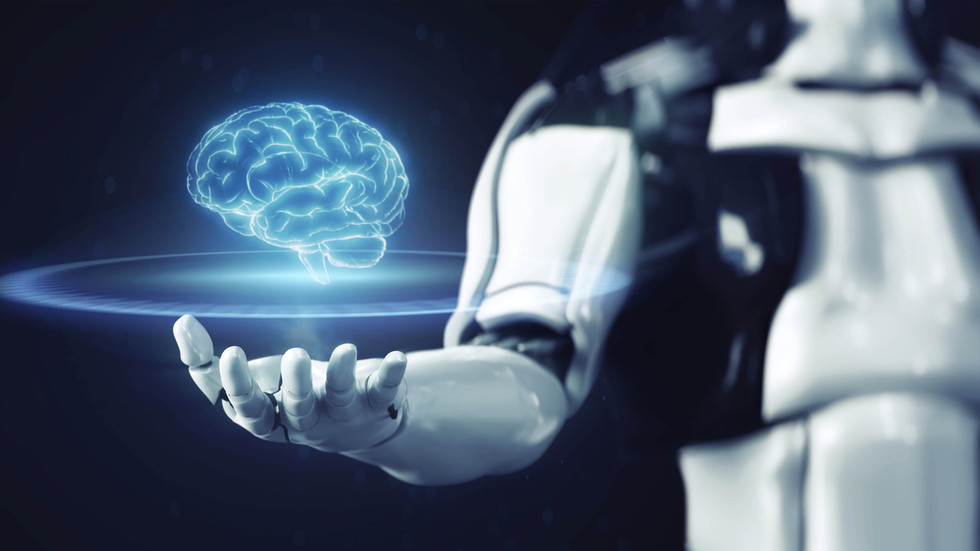[ad_1]
The machine, composed of mind and arm sensors, was apparently capable of react ‘virtually immediately’ to wearers in a laboratory trial
Chinese language scientists have constructed a wearable robotic that may reportedly learn a human thoughts by monitoring mind waves and muscle exercise. Builders declare the machine was capable of “acknowledge human intention” with 96% accuracy.
Testing the machine on manufacturing facility employees, researchers from the Clever Manufacturing Innovation Know-how Centre at China Three Gorges College apparently discovered that the volunteers didn’t have to subject verbal instructions or carry out gestures once they wanted to seize a device or a part.
The builders famous that the robotic reacted “virtually immediately,” selecting up the required object and putting it on the workstation, in response to the South China Morning Publish (SCMP). The paper added that the workforce had printed its findings within the home peer-reviewed China Mechanical Engineering journal. The researchers couldn’t be reached for added feedback.
Such collaborative robots, or ‘cobots’, may probably enhance meeting line manufacturing, the examine famous. It added that their real-world utility had remained restricted, since “their capacity to acknowledge human intention is usually inaccurate and unstable.”
To beat this limitation, venture lead scientist Dong Yuanfa defined, his workforce’s robotic was put by “a whole bunch of hours of coaching” by eight volunteers. The meeting line employees have been outfitted with the machine, which mixes a non-invasive mind wave detector and arm sensors.

Whereas the headgear apparently understood the volunteers’ intentions with roughly 70% accuracy, the sign from the mind was weak. In line with the SCMP, the employees wanted to “focus very onerous” if the robotic was to get a “clear message.” However most grew too distracted by different ideas after performing the repetitive manufacturing facility duties over time, the workforce stated.
Though {the electrical} alerts from muscle tissues collected by the arm sensors have been stated to be “extra secure,” these too misplaced energy as the employees grew drained. However the builders claimed that a mixture of each mind and muscle alerts could assist the robotic predict the subsequent transfer with “unprecedented accuracy,” the SCMP reported.
Nonetheless, the paper famous that it was unsure whether or not these outcomes – obtained in a laboratory setting – may very well be replicated on the manufacturing facility flooring. Though the sensors may very well be positioned inside employees’ hats and uniforms, the researchers urged that sweat and irregular actions may have an effect on sign high quality.
An alternative choice, they famous, can be to feed movement and visible knowledge to the machine.
You’ll be able to share this story on social media:
[ad_2]
Source link
















